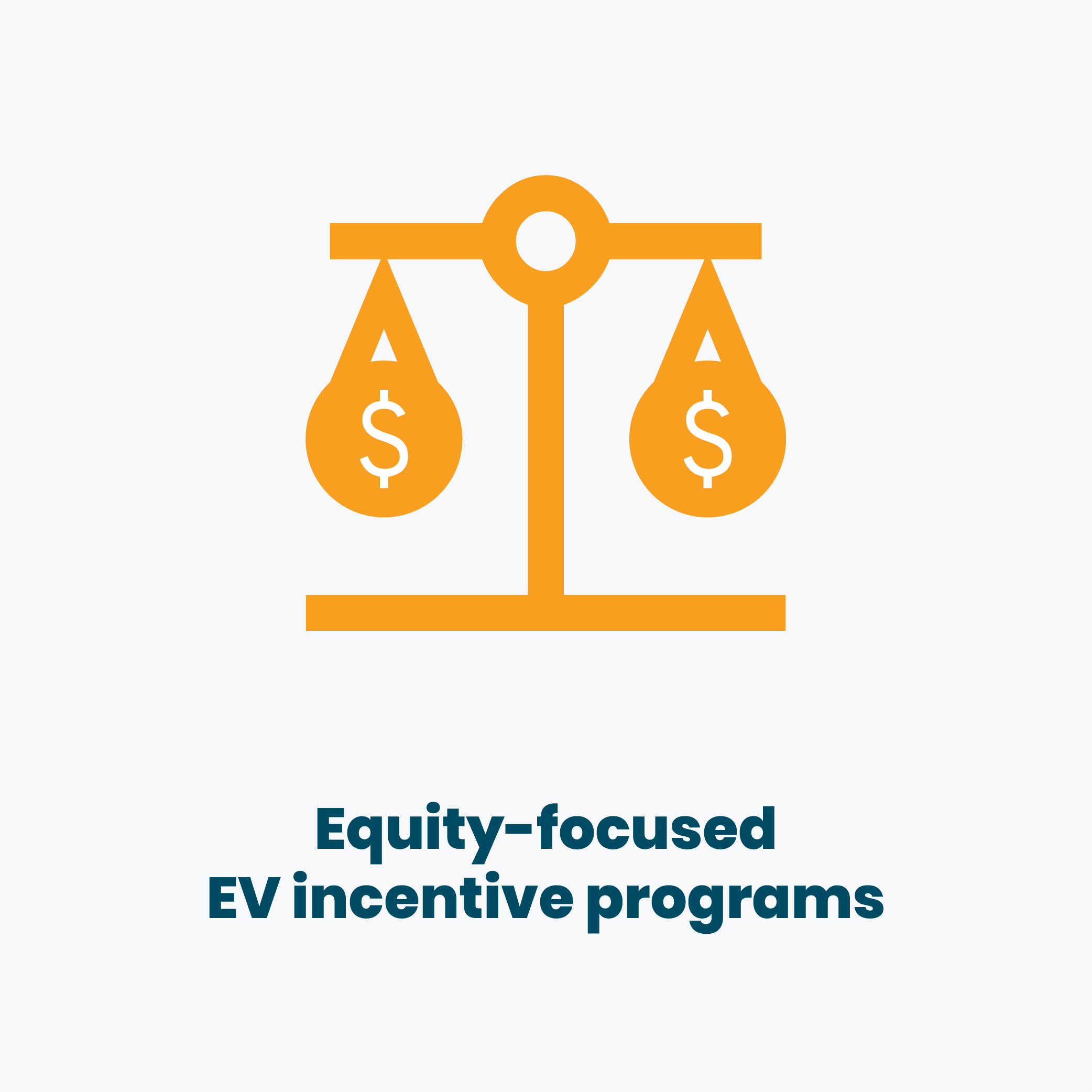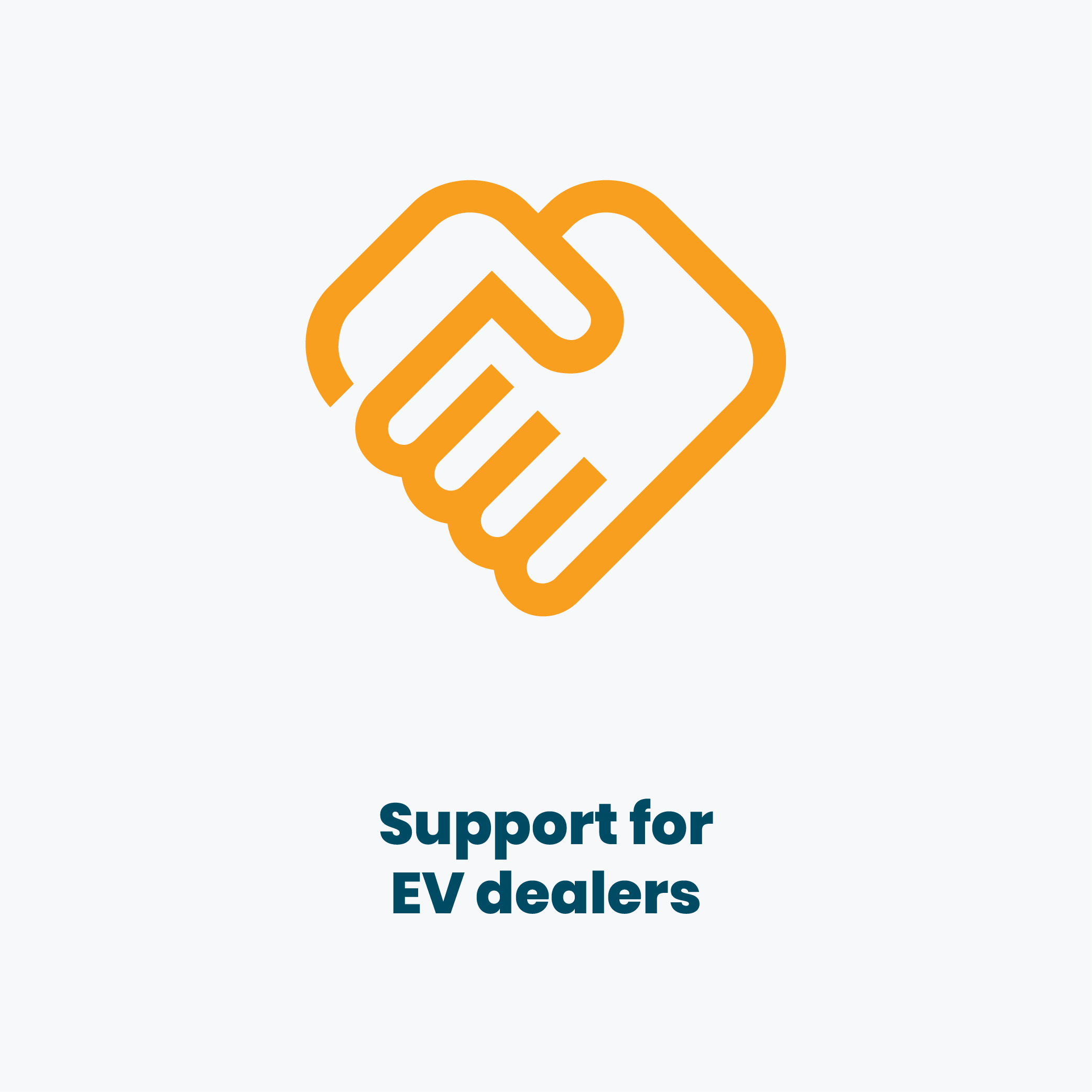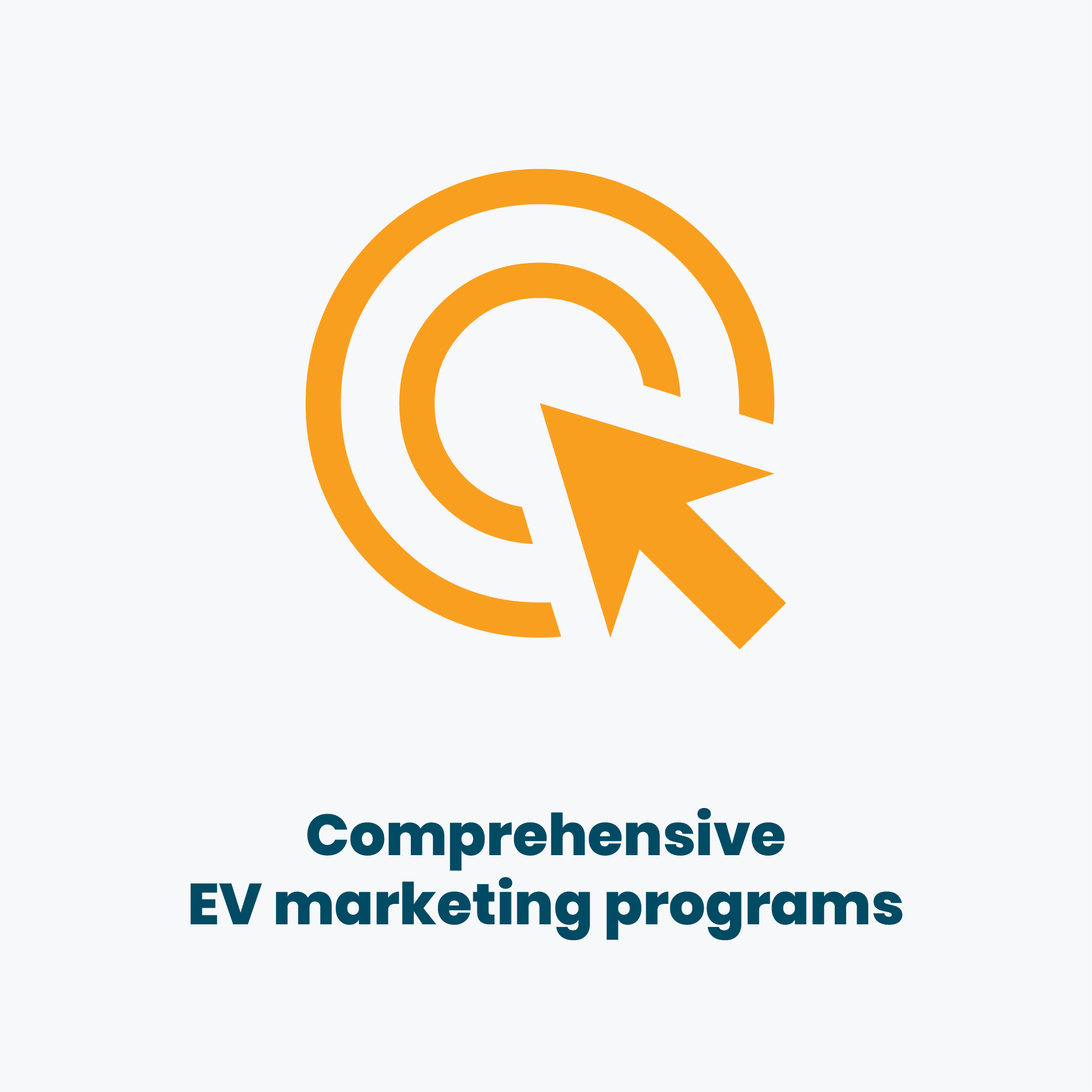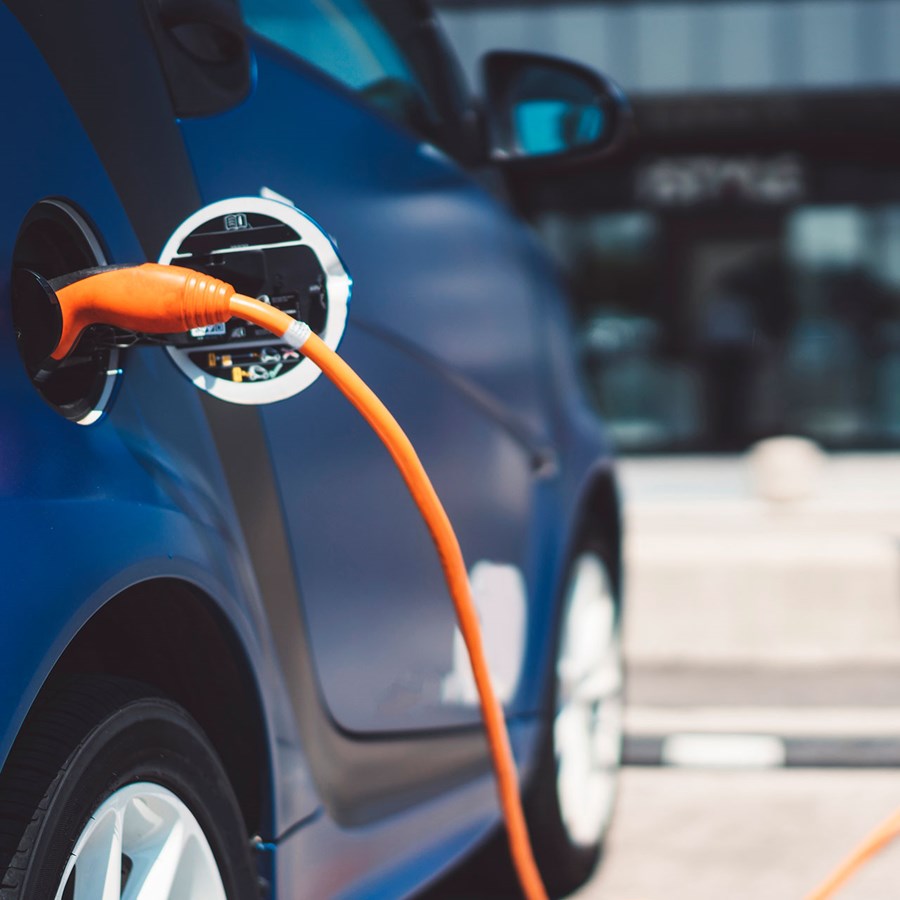How can policy and program design help rural communities gain access to electric vehicles?

The Challenge
Clean transportation technologies like electric vehicles can reduce emissions and alleviate the high transportation costs that burden many households in Northern New England (NNE). But there are barriers to increasing adoption in rural, cold-climate areas.
The Solution
Digging into the data and engaging with stakeholders across the region, VEIC gathered insights about the unique challenges facing rural NNE communities. Information in hand, the team identified solutions to address the challenges facing NNE and drive EV market transformation. Services: Transportation Electrification
The Impact
A toolkit of policies, programs, and education and outreach strategies provides an actionable, data-driven reference that stakeholders are using to advance EV adoption across the region and deliver economic, health, and environmental benefits to households and communities.
Electric Vehicles Can Bring Big Benefits to Rural Communities
With limited options for walking, bicycling, and public transportation, motorists in rural Maine, New Hampshire, and Vermont drive nearly 45% more than their counterparts in urban areas of New England. With lower average household incomes and higher vehicle miles, rural households in the region often bear a crippling transportation cost burden. In nearly every county in the three Northern New England (NNE) states, transportation cost burdens exceed 20% of household income. In northern and eastern Maine, many households spend more than third of their income on transportation costs.

Electric vehicles could dramatically reduce these costs. A 2020 study estimated that, on average, drivers in Maine and Vermont would see between $21,800 and $30,000 in fuel and maintenance cost savings over the life of an EV. Because they drive more miles, the estimated savings for rural households are as much as 23% higher.
In addition to economic benefits for households and communities, electric vehicles also provide significant environmental and health benefits. With zero tailpipe emissions, use of an EV leads to both particulate pollution and greenhouse gas (GHG) emissions reduction. Over its lifetime, an EV in NNE will reduce GHG emissions by nearly 80 tons compared to a fossil fuel powered vehicle. As the region’s electricity supply grows cleaner, the environmental benefits of EVs will increase even further, advancing the clean energy transition and climate change mitigation.

Understanding the Barriers to Rural EV Adoption
Given the potential benefits that EV adoption can deliver to rural areas, The Nature Conservancy wanted to take its leading EV strategy to the next level. With extensive experience in clean energy program planning as well as designing and implementing clean transportation programs to serve rural communities across the country, VEIC was a natural choice.
VEIC identified and interviewed community representatives from across the region, including car dealers, rural economic development leaders, Indigenous community leaders, utility representatives, and state agency staff. They also conducted a review of the best research on rural transportation electrification.
“The VEIC team has a wealth of real-world experience with clean transportation programs and initiatives, we knew they would be able to help us further our work with clear, sound recommendations. This resource provides us and our partners with a shared roadmap that we can use to deliver the benefits of EVs across Northern New England.”
Together, this work shed light on the barriers to EV adoption in the region. Potential EV buyers shared concerns about up-front purchase costs, the lack of public charging infrastructure, winter battery performance, and the availability of all-wheel drive and higher clearance vehicles often preferred for New England driving. Addressing these barriers and building a foundation of knowledge about EVs among rural consumers requires action on several fronts.
A Comprehensive Tool Kit to Advance Rural EV Adoption
Together, a combination of policy, programmatic, and educational strategies can transform the market for EVs. Guided by findings from research and outreach, VEIC identified a suite of 12 actionable best practices that stakeholders across NNE are using to implement focused changes and accelerate equitable EV adoption.
Policy is one of the most powerful tools for advancing EV adoption because it signals to EV manufacturers and charging infrastructure developers that states are serious about building a market for EVs. The toolkit provides numerous policy options including purchase incentives which can help overcome one of the key barriers to EV adoption, high up-front purchase prices. Building in mechanisms such as income-eligibility, point-of-sale rebates, and used vehicle and scrap-and-replace incentives can ensure that programs deliver benefits to households with lower incomes. Policies to support electrical panel upgrades and incorporate EV readiness into building energy codes can enable at-home charging for households at all income levels.



The toolkit also identifies several programmatic approaches that can be implemented in the near term to enable market transformation and achieve clean energy goals. Drive Electric Coalitions facilitate communication among stakeholders such as utilities, auto dealers, advocacy organizations, state agency staff, and charging station providers. Programs that serve automobile dealers with training, incentives for EV sales, and marketing support, have been shown to increase sales as well as satisfaction rates among EV buyers. In areas where rural drivers may need additional guidance on operating vehicles in the winter, education and outreach are especially important tools, including having a central hub for reliable, consumer-friendly information about EVs. The toolkit provides examples of marketing approaches and inter-organizational strategies that can build awareness and leverage local resources to accelerate equitable EV adoption.
Ensuring Equity by Design
The challenges to delivering the benefits of clean transportation to rural communities are real, but they are not insurmountable. The Nature Conservancy’s toolkit of data-driven strategies provides a pathway forward. With this resource, everyone from policymakers to activists, from non-governmental organizations to individual drivers can contribute to equitable transportation electrification in NNE. Click here to read the full report.
Who We Are and How We Help
VEIC provides services under a broad clean energy umbrella that includes energy efficiency, building decarbonization, transportation electrification, and clean and flexible grid solutions. We work with utilities, state energy offices, transit agencies, non-profits, businesses, and more to advance electrification and decarbonization efforts across the country. From decarbonization program planning and implementation to federal funding services, we help clients achieve their goals and make an impact.
Reach out today so the VEIC team can learn more about your building electrification and energy efficiency ideas.
This project's team leaders
View Our Team


